Laos is also known as the "Land of a Million Elephants," a country with full cultural heritage, natural beauty, and historical importance. With warm hospitality, besides its varied attractions, everything is here for every type of traveler. Whether ancient temples fascinate you, serenity lies in waterfalls, or unique archaeological sites impress you, Laos has never disappointed anyone. This freedom opens all wonders for an Laos eVisa holder to explore with ease. Herein, some of the top destinations are taken through, starting with the most iconic attractions.
Touring the Major Tourist Attractions in Laos for Tourists
Laos boasts a range of iconic destinations that showcase its rich history, culture, and natural beauty. From the UNESCO World Heritage City of Luang Prabang to the historic Plain of Jars, these sites offer travelers a glimpse into the country’s unique charm and heritage. Here are the major attractions:
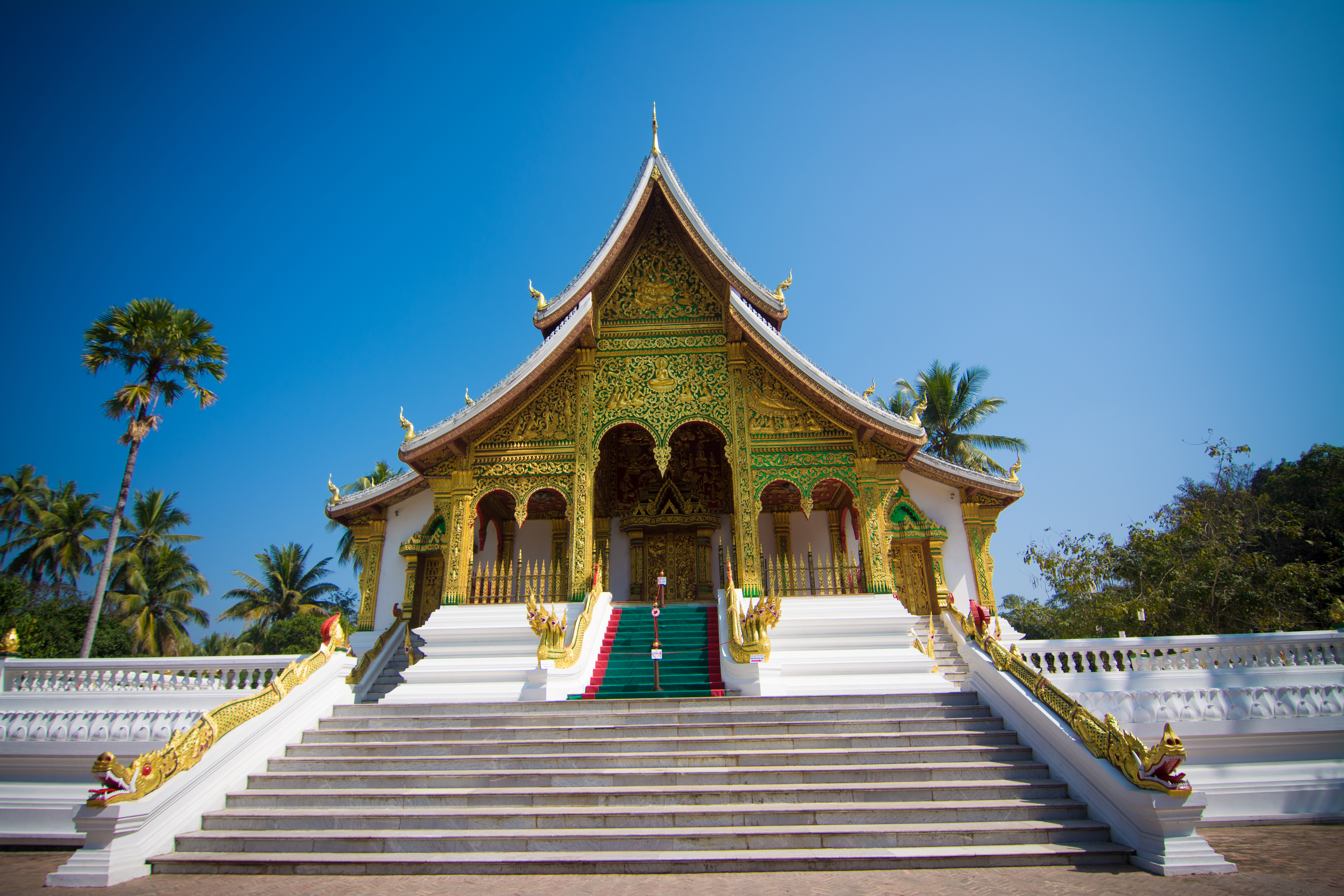
1. Luang Prabang: A UNESCO World Heritage City
The city of Luang Prabang nestles at the confluence of the Mekong and Nam Khan rivers, effortlessly marrying traditional Lao culture with that of French colonial elegance. This UNESCO World Heritage Site is home to the Royal Palace Museum, which showcases the country's history of monarchy. The city is famous for its vibrant morning almsgiving ceremony, where hundreds of monks silently collect offerings. A climb to the top of Mount Phousi offers stunning views, especially at sunrise or sunset. The temples, such as Wat Xieng Thong, are exemplary pieces of art and religious devotion. The sightseeing on the streets of Luang Prabang-so quaint with all those cafes and artisan markets-there is indeed some aspect of going back in time to experience.
2. Vientiane: The Capital's Iconic Landmarks
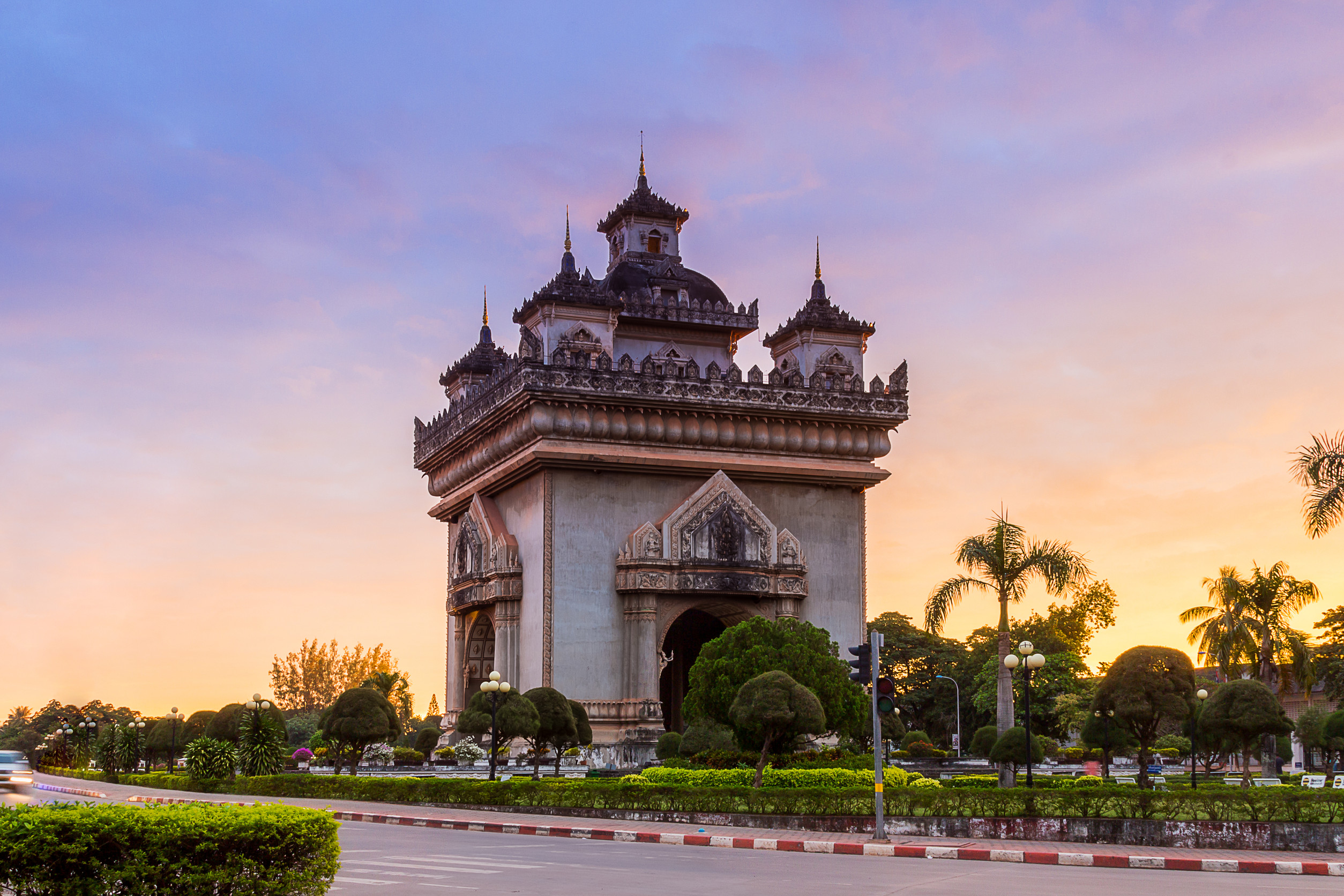
The Lao capital Vientiane infuses urban chic into traditional sensibilities. Right in the heart sits the Pha That Luang, or the golden Buddhist stupa taken to be the national symbol of Laos. Alternatively, Patuxai Monument emulates Paris' Arc de Triomphe, looking over the entire city from its panoramic vantage point. The quiet Wat Si Saket, housing thousands of Buddha statues, is the oldest temple in the city. Take a relaxed stroll along the Mekong River promenade, which transforms into a vibrant atmosphere at night with local food stalls and handicraft vendors. Vientiane is a portal to both the past and present of Laos, giving travelers a great balance between history and modernity.
3. Kuang Si Falls: The Magnificent Waterfall Paradise of Laos
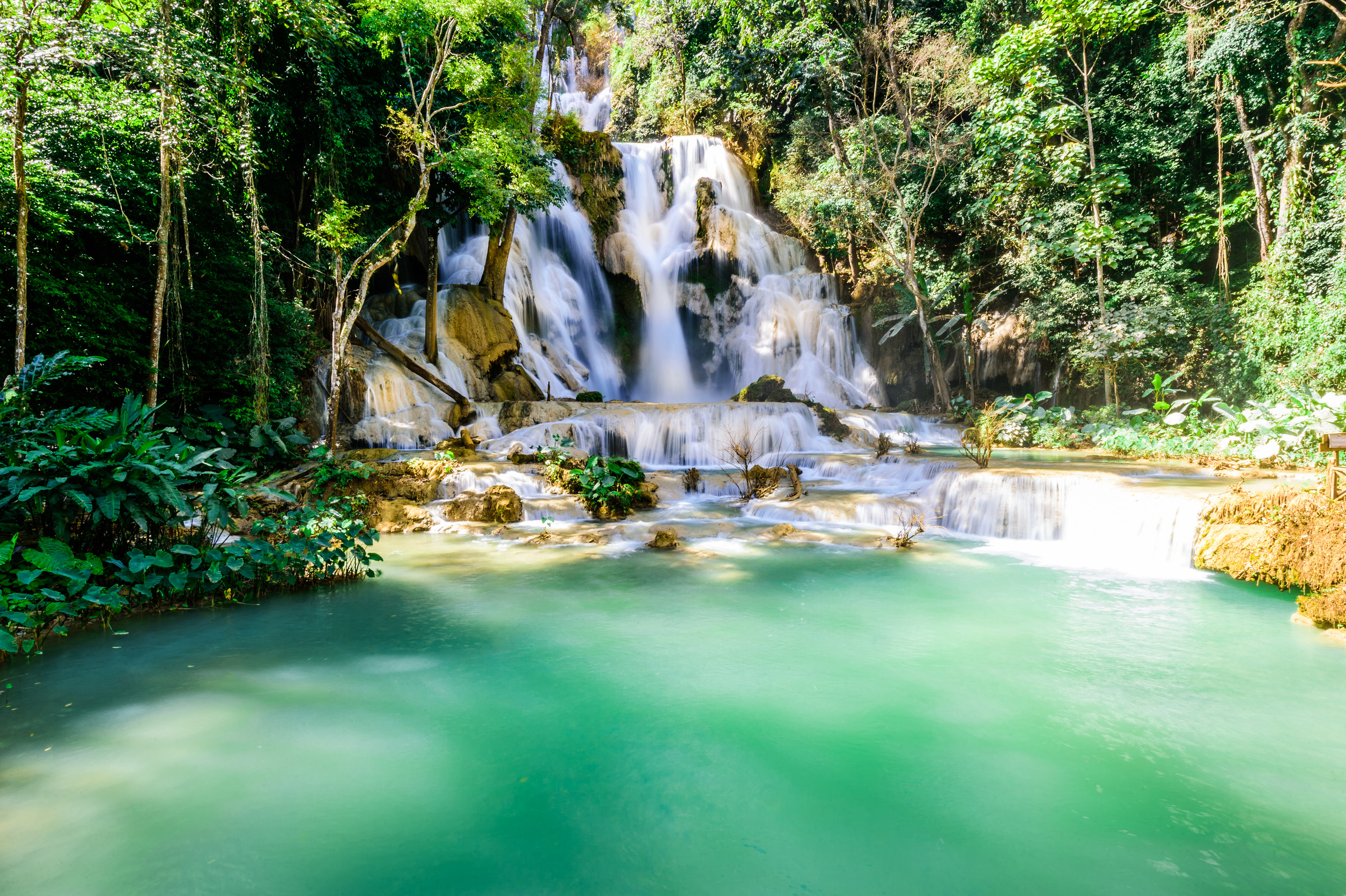
Kuang Si Falls is an amazing natural wonder lying not very far from Luang Prabang. This multi-tiered cascade falls into turquoise-colored pools of water, which are great for a swim and cooling off. The surrounding lush forest adds to the serenity of the falls and has well-marked trails for those who want to explore. The nearby Tat Kuang Si Bear Rescue Centre offers a safe haven for rescued Asiatic black bears, thus combining education with a heartwarming experience. Picnic areas and viewing platforms make this a perfect day trip. Do not forget your camera to capture the vibrant colors and serene atmosphere of Kuang Si Falls.
4. Vat Phou: Ancient Khmer Ruins in Southern Laos
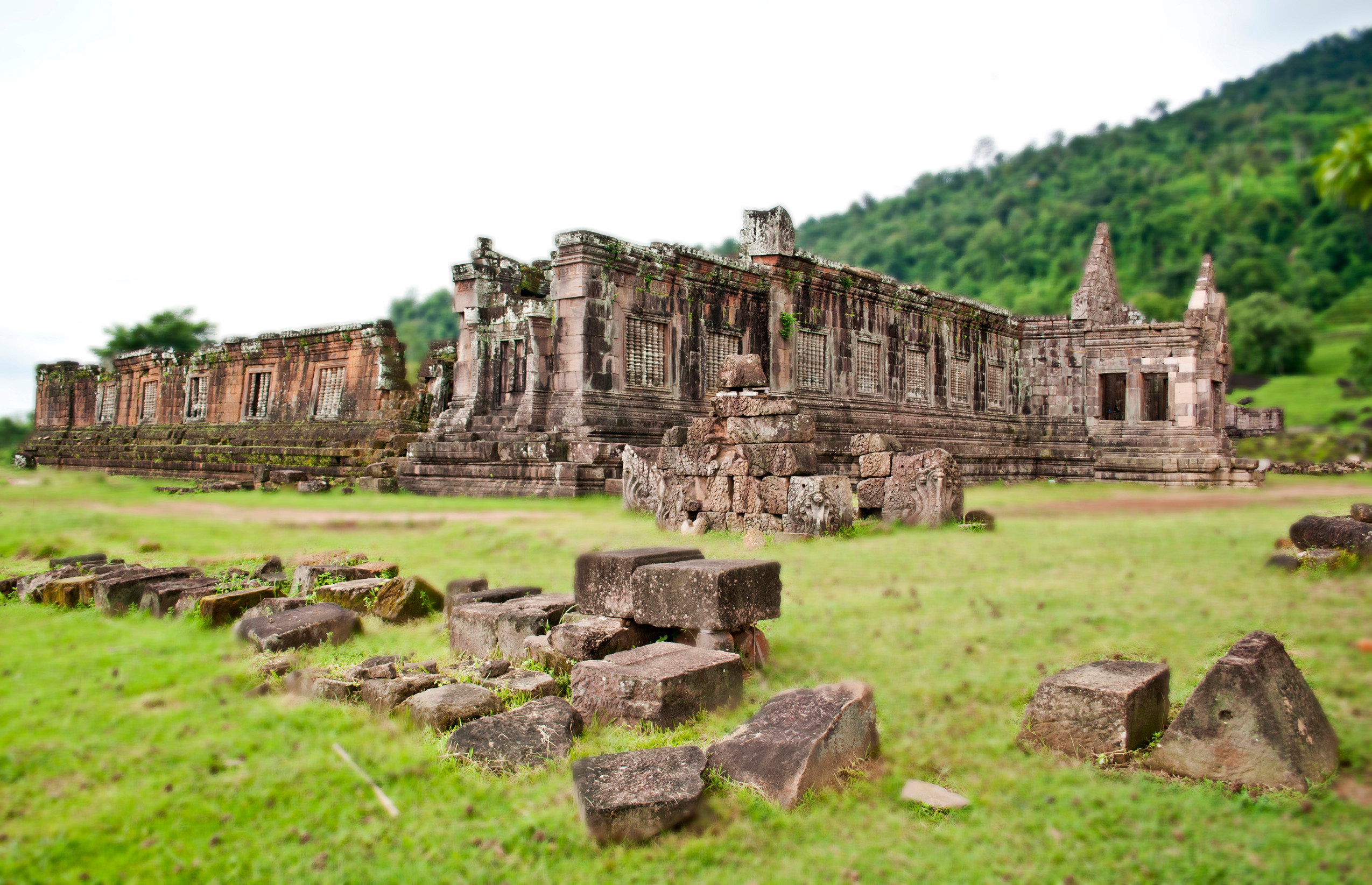
Vat Phou is an incredibly impressive temple complex from the Khmer Empire that can be located in Champasak Province. A UNESCO World Heritage Site, it is rather older than the Angkor Wat and comes with great views over the Mekong River and sceneries around. In the temple itself, one feels both Hindu and Buddhist influences in carvings with sacred symbolism. The stone steps leading to the higher levels reward the visitor with a view and a glimpse into history. Vat Phou is not only an architectural wonder but also a place of spiritual contemplation, appealing both to historians and pilgrims.
5. The Plain of Jars: Mysteries of Xieng Khouang Province
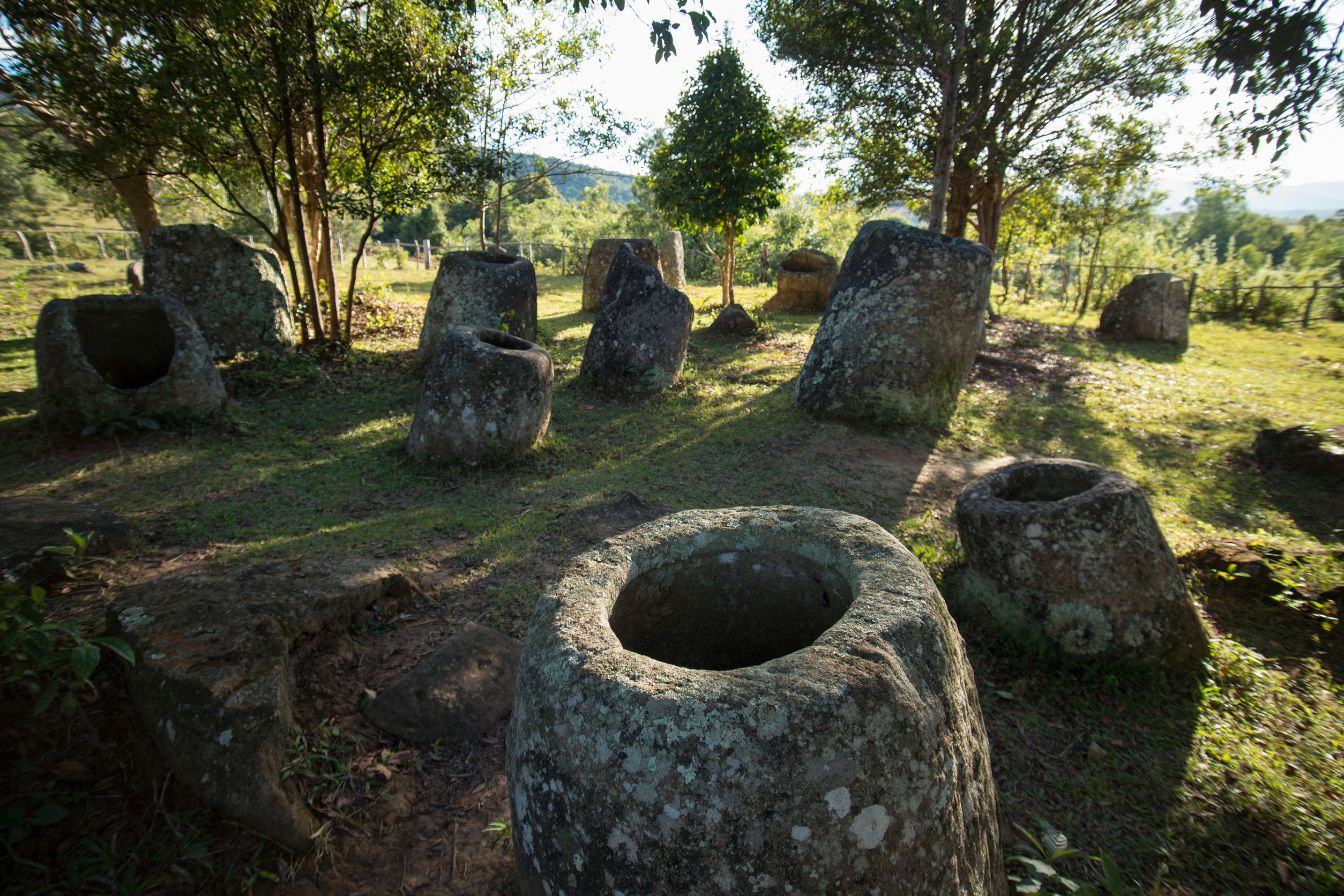
The Plain of Jars is the most mysterious archaeological site of Laos, situated in the Xieng Khouang Province. Thousands of large stone jars weighing several tons have been scattered across this large area, whose origins and uses are still unknown. Various theories from ancient burial practices to storage vessels have been proposed regarding these jars. The significance of the site, along with its connections to the history of the region, can be grasped through guided tours. Surrounding landscapes add to the charm with rolling hills and farmlands. Cleaning up unexploded ordnance makes visits safe and a pleasure, delving into one of Southeast Asia's greatest mysteries.
Natural Wonders of Laos for Tourists
Laos is a paradise for nature lovers, with breathtaking rivers, waterfalls, and caves. Here are some of the natural wonders that Laos offers to their Visitors:
1. The Mekong River: Cruising Through Laos
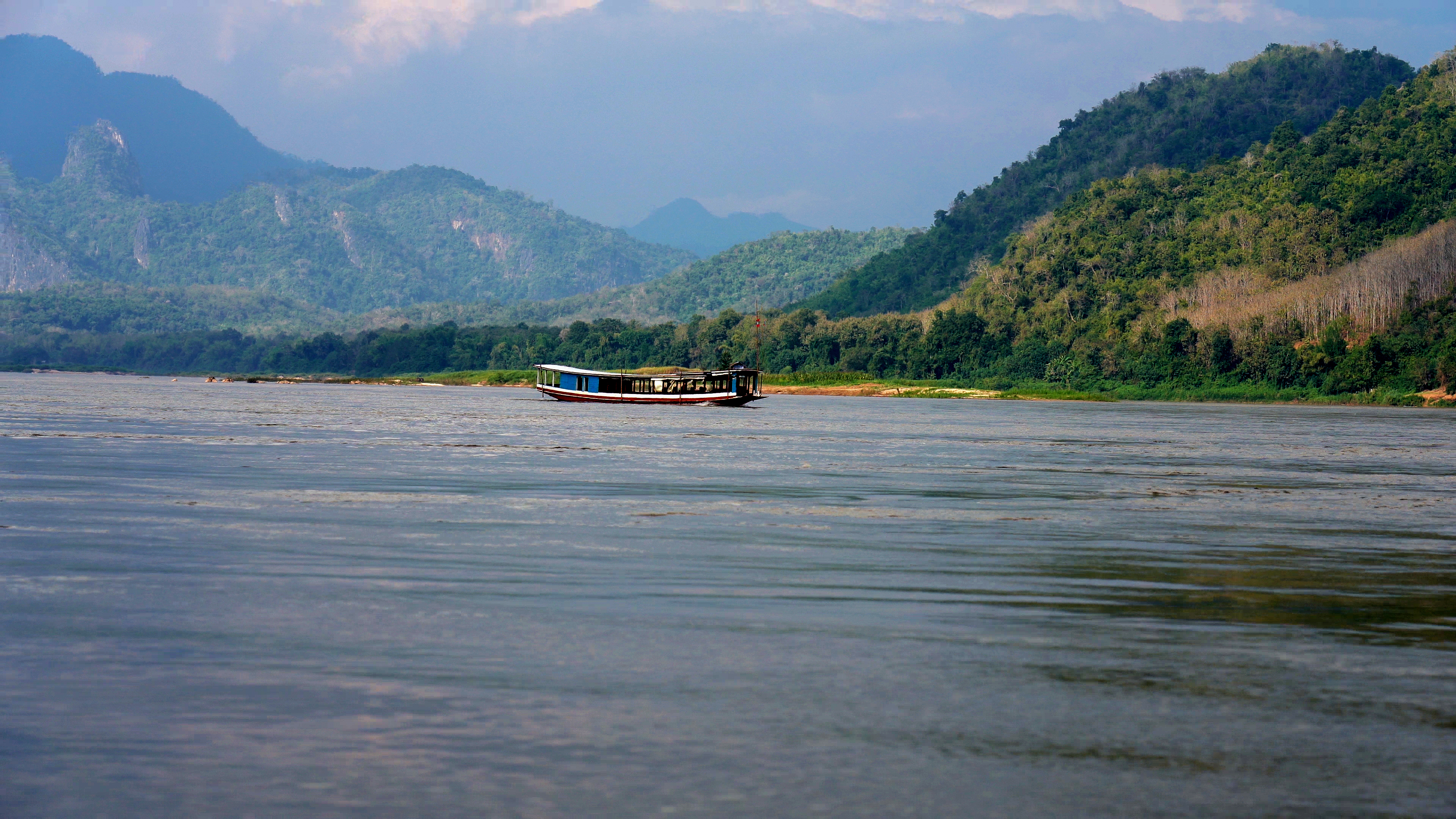
The iconic Mekong River is one of Southeast Asia's most spectacular waterways that winds majestically through Laos, carving out both landscapes and culture. Taking an easy cruise along its waters affords the tourists glimpses of some of the most spectacular vistas-its lush forests, villages lining the riverbanks, and quiet sunsets. Classic routes run from Luang Prabang to Pakbeng, journeys where one sits on a slow boat, relaxing and looking around. Often, one would also see fishermen throw their nets in trying to catch fish, or water buffalo munching grasses on its riverbanks. A Mekong cruise is not only a trip of sceneries but also a peep into the daily life of Laos.
2. Si Phan Don (4000 Islands): A Tropical Retreat
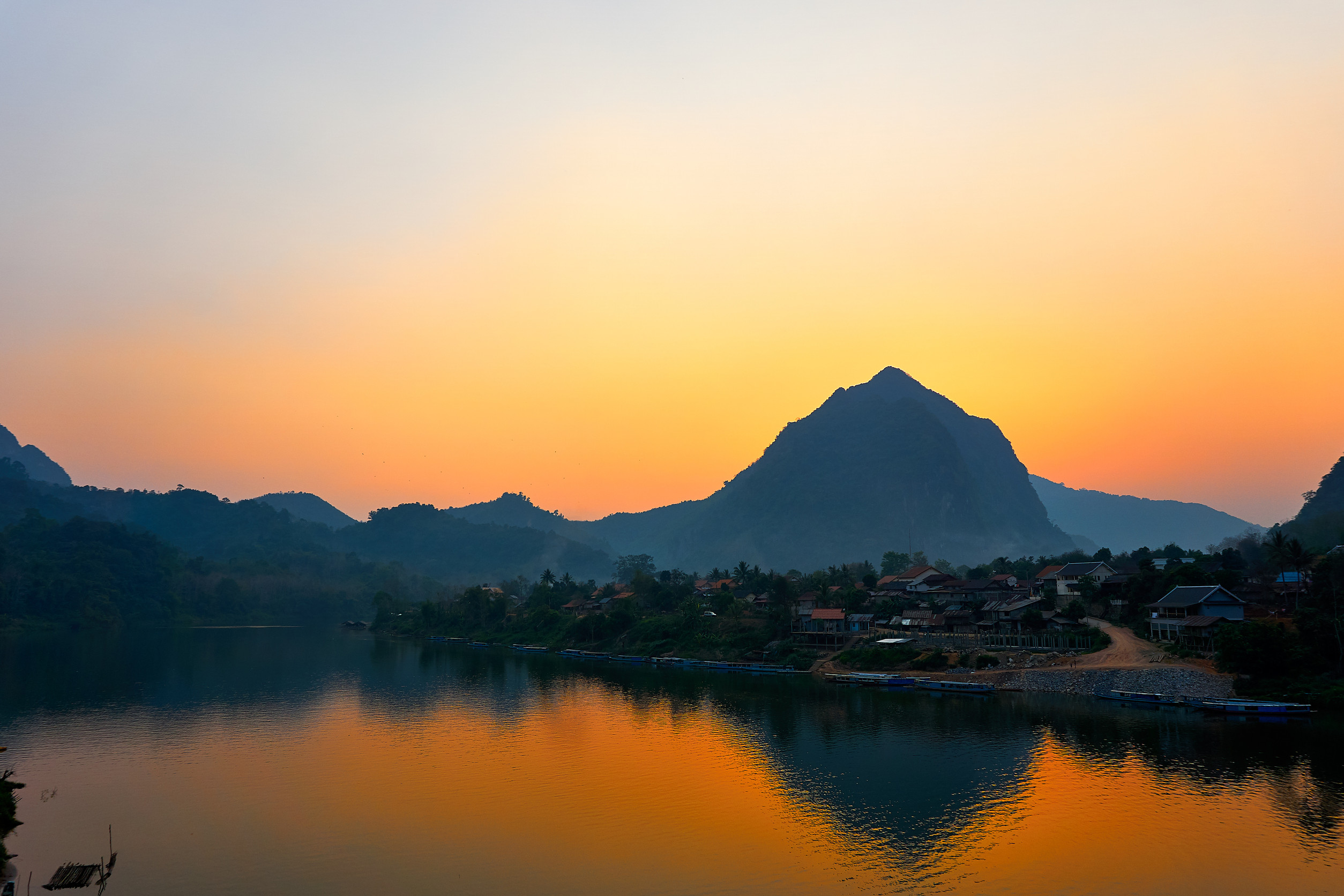
Si Phan Don, otherwise called the "4000 Islands," is a tranquil archipelago located in the south of Laos renowned for its tranquil atmosphere, which altogether makes it the perfect retreat for quiet-seekers. Among its islands, Don Det and Don Khon are particularly popular for their simple guesthouses, charming bike trails, and spectacular views of the Mekong. A highlight of the region is spotting the rare Irrawaddy dolphins near the Cambodian border. Whether you’re kayaking, cycling, or lounging in a hammock, Si Phan Don offers a slice of tropical paradise.
3. Thakhek Loop: An Adventurer’s Dream Route
The Thakhek Loop is the stuff of dreams for adventure lovers, a dazzling motorbike road trip right through the heart of central Laos. This route takes travelers along beautiful limestone karsts, lively rice paddies, and quaint villages. It includes wandering through hidden caves like Tham Nang Aen and Tham Pha Pa, with stops to be awed by Kong Lor Cave. For motorbike riders, the hilly landscape and serpentine roads make every turn an adrenaline-pumping experience in this loop. Locals often give a very warm welcome to travelers along the way, adding to the charm of such a journey.
4. Bolaven Plateau: The Land of Coffee Plantations and Scenic Beauty
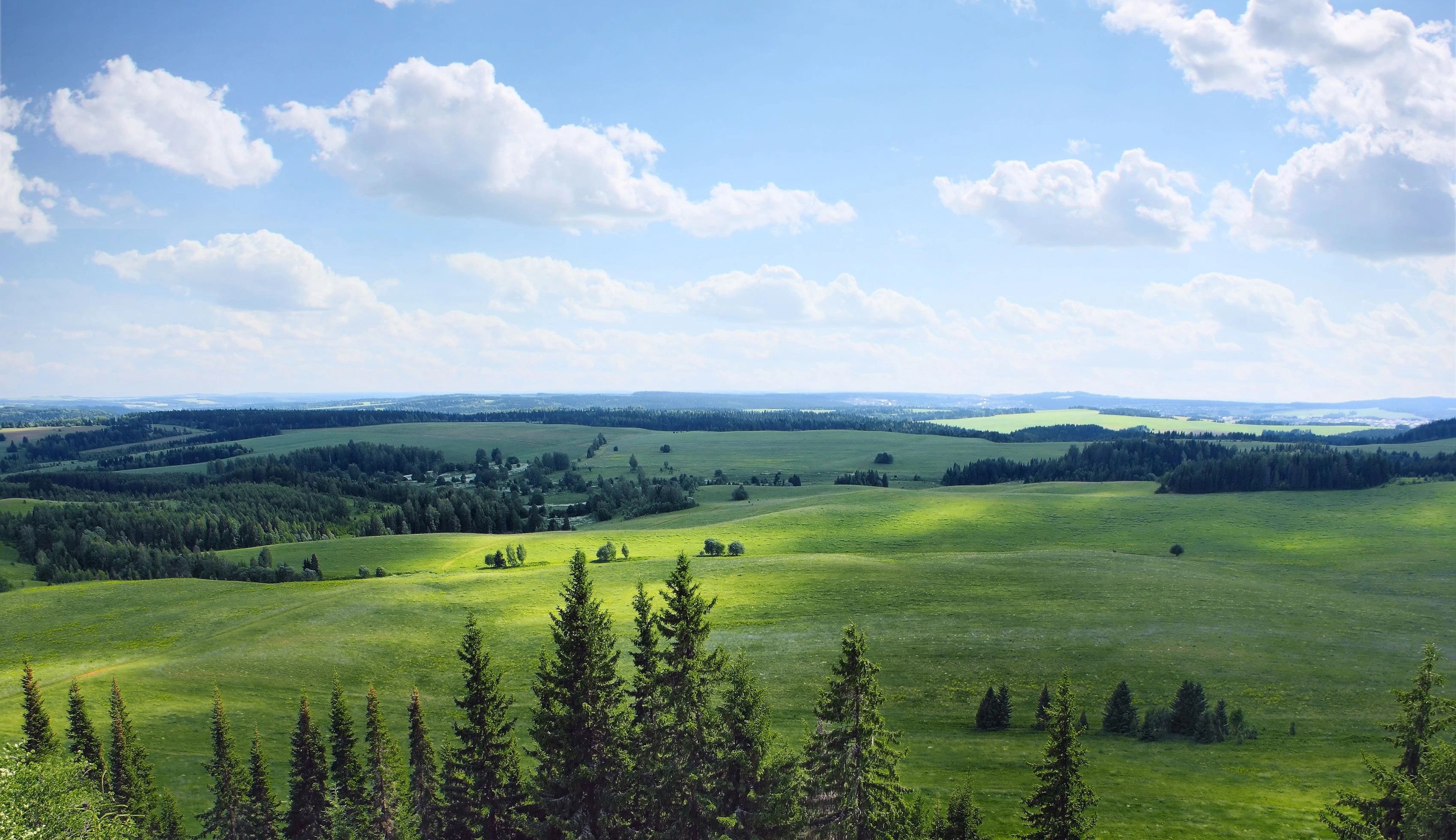
Located in southern Laos,Bolaven Plateau is a nature lover's and coffee connoisseur's dream come true. The cool climate and rich soil of the region create the ideal atmosphere for coffee plantations. Visitors can learn how coffee is cultivated and sample world-class brews. Waterfalls such as Tad Fane and Tad Yuang break through the plateau, offering brilliant spots to relax and shoot pictures. A host of ethnic minority villages on the plateau further allow insights into traditional Lao culture. It is an ultimate refreshing retreat, comprising a wealth of natural beauty combined with richness in culture: the Bolaven Plateau.
5. Kong Lor Cave: The Lively Underworld River of Laos
Kong Lor Cave is a natural wonder that simply amazes visitors with its grand size and beauty hidden inside it. It is 7.5 kilometers in length, with an underground river that one can take a motorized boat through. Dramatic stalactites and stalagmites are revealed as the boat headlamp lights up a journey through the cave. Limestone cliffs and lush greenery surround the outside of the cave for a tranquil setting. It is a major point of interest for visitors on holidays in search of adventure combined with an experience of some of Laos' geological wonders.
Top Cultural and Religious Sites to Visit in Laos
Home to sacred temples and iconic landmarks, Laos offers a deep connection to its spiritual and cultural roots. From the golden stupa of Pha That Luang to the serene Pak Ou Caves, these sites reveal the soul of Lao traditions and beliefs.
1. Pha That Luang: The Golden Stupa in Vientiane
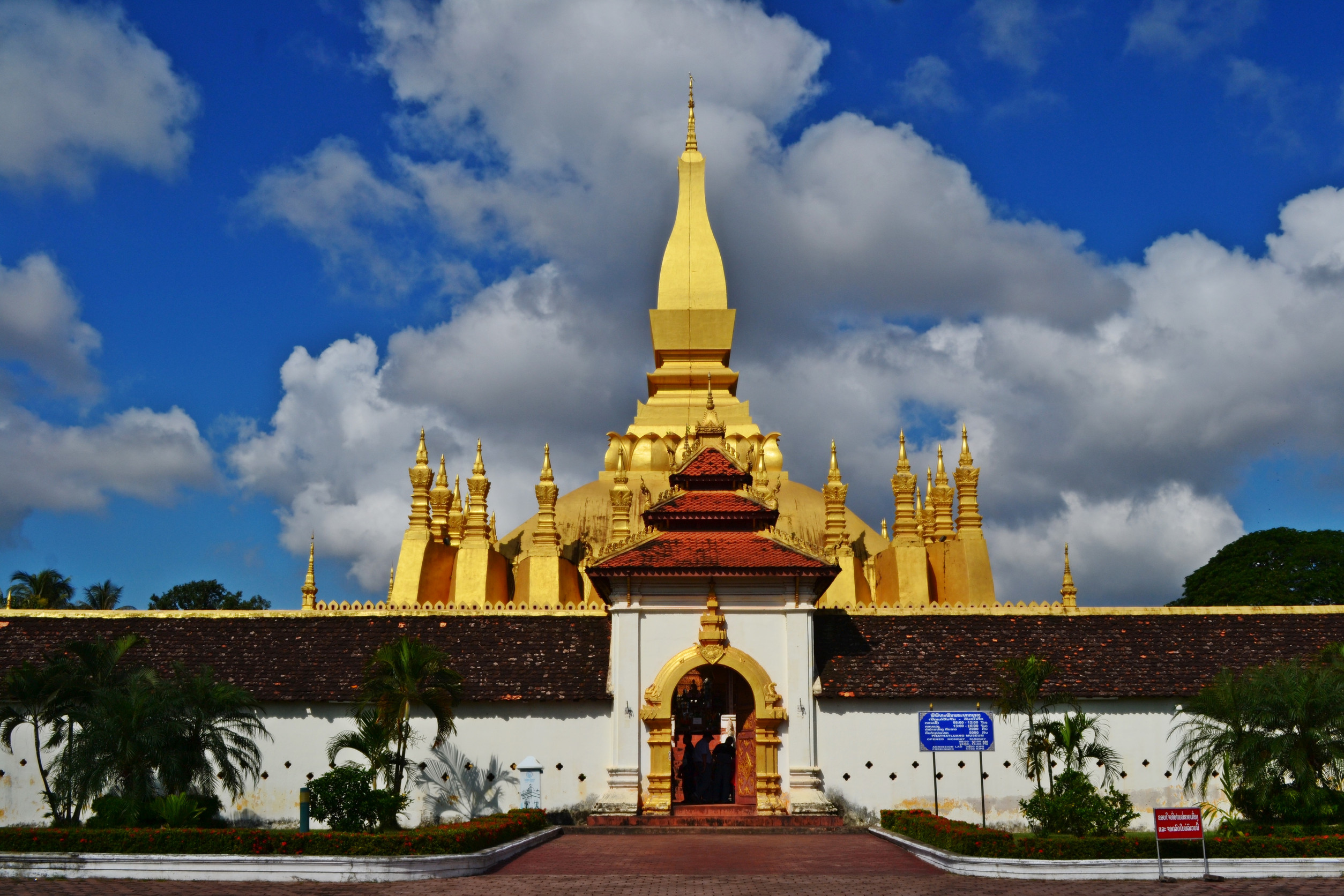
Phra That Luang, or the Great Stupa, is an iconic symbol of Laos and a deeply revered spiritual monument. This majestic Buddhist stupa is covered in gold leaf and expresses the unity of Laos and its rich religious heritage. Believed to enshrine one relic of the Buddha, the stupa thus attracts pilgrims and visitors throughout the whole year. Moreover, there is a complex including some small temples at the stupa which is set beautifully amidst serene surroundings. Visit here during That Luang Festival to experience this culturally important site with the traditional ceremonies, festive occasions. In addition,
2. Wat Xieng Thong: A Sacred Temple in Luang Prabang
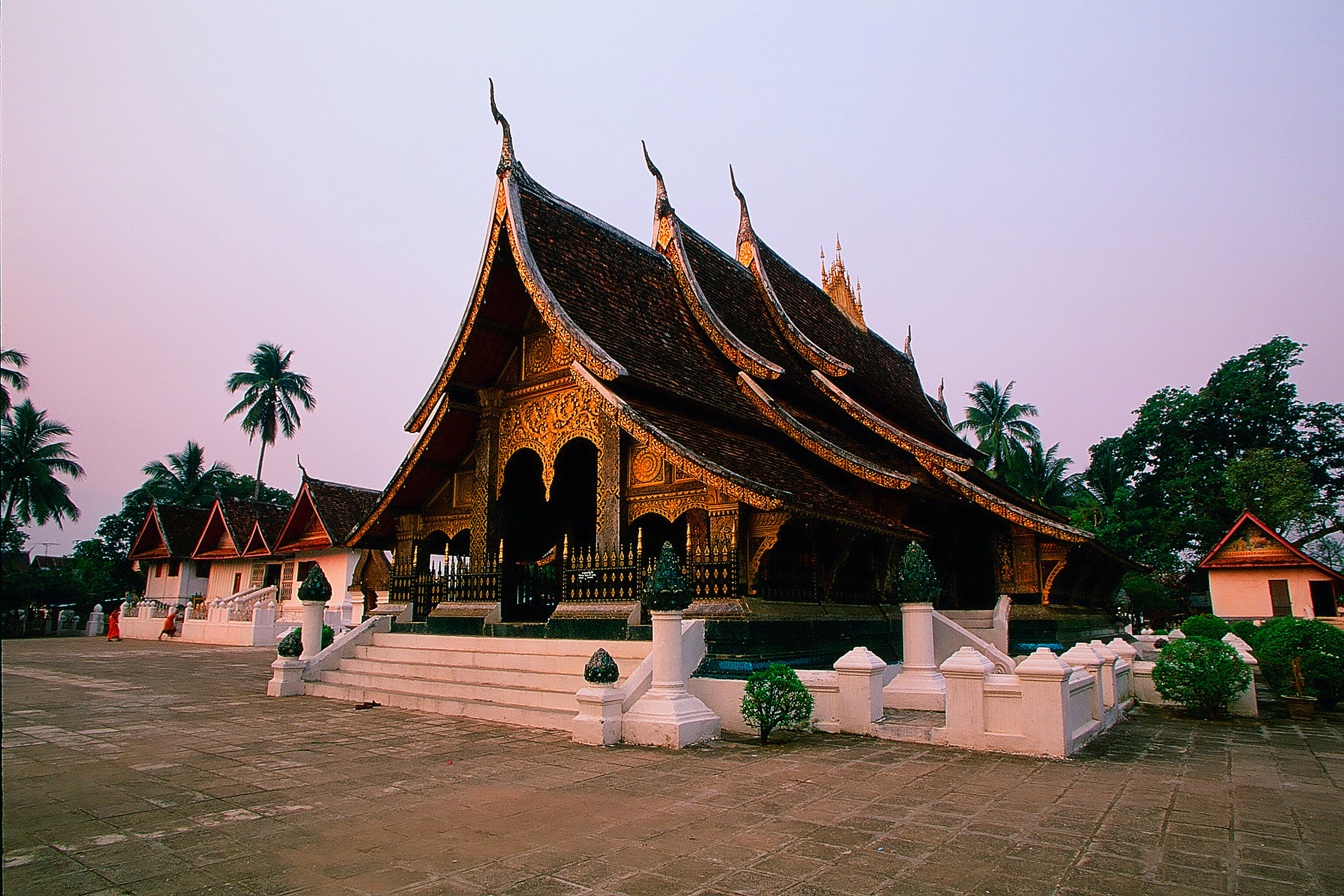
Wat Xieng Thong is one of the most beautiful examples of traditional Lao Buddhist architecture and is located in the UNESCO-listed city of Luang Prabang. It is known as the "Temple of the Golden City," with its intricate mosaics, gilded carvings, and striking Tree of Life mural. The complex also contains several shrines, stupas, and a royal funeral chapel with a large ceremonial chariot. A visit to Wat Xieng Thong offers a glimpse into the artistry and spiritual devotion of the Lao people. It remains a highlight for anyone exploring the cultural treasures of Luang Prabang.
3. Pak Ou Caves: One Thousand Buddha Statues
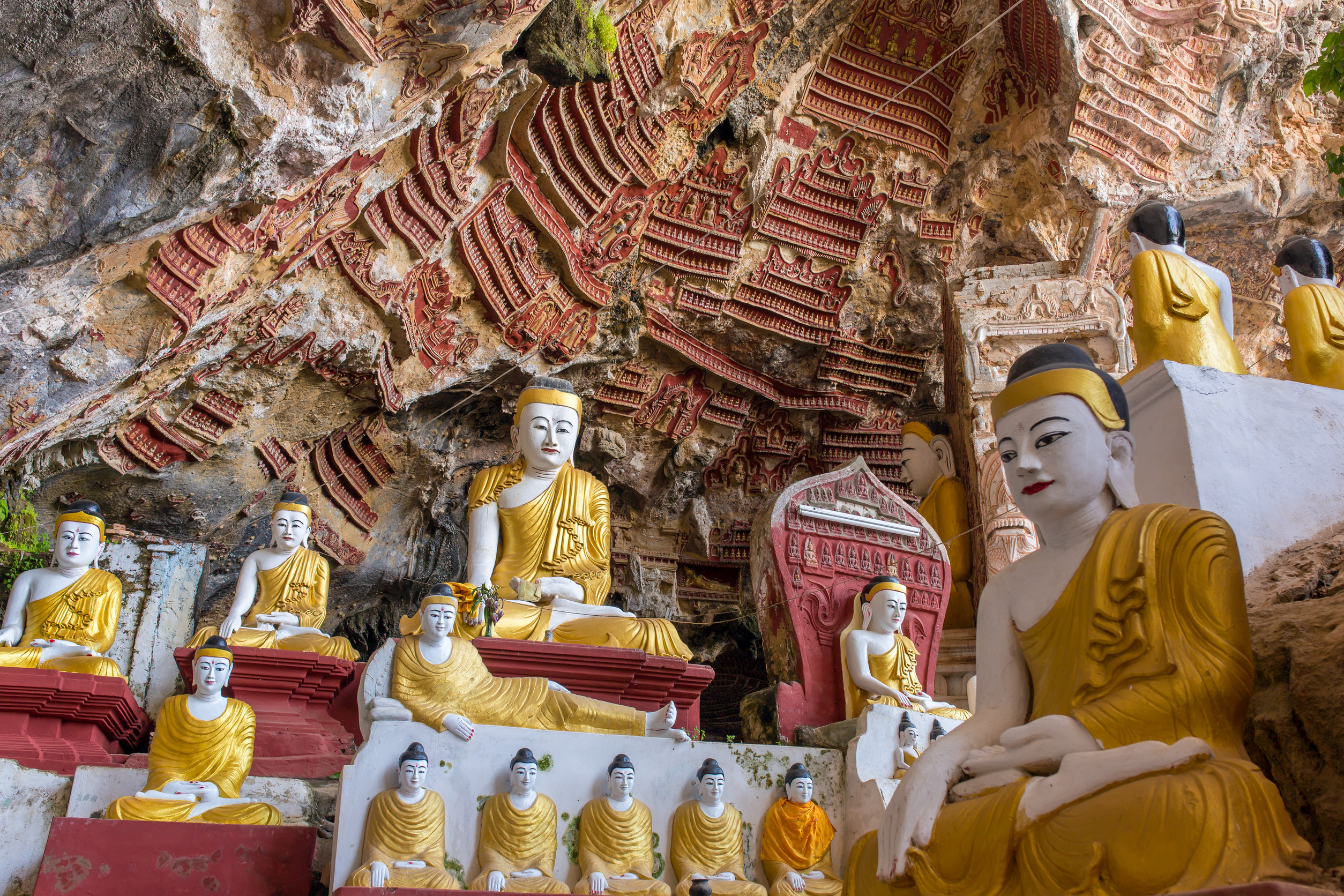
The Pak Ou Caves, along the Mekong River, are a holy and tranquil place for travelers. The two caves, Tham Ting and Tham Theung, contain thousands of Buddha images in different sizes and shapes. The caves are accessible by a boat ride from Luang Prabang, offering dramatic views along the river and its countryside. These caves are quiet and meditative, providing an escape for quiet reflection. Each statue is a testament to centuries of devotion, making this site a spiritual treasure of Laos.
4. Buddha Park (Xieng Khuan): A Garden of Sculptures
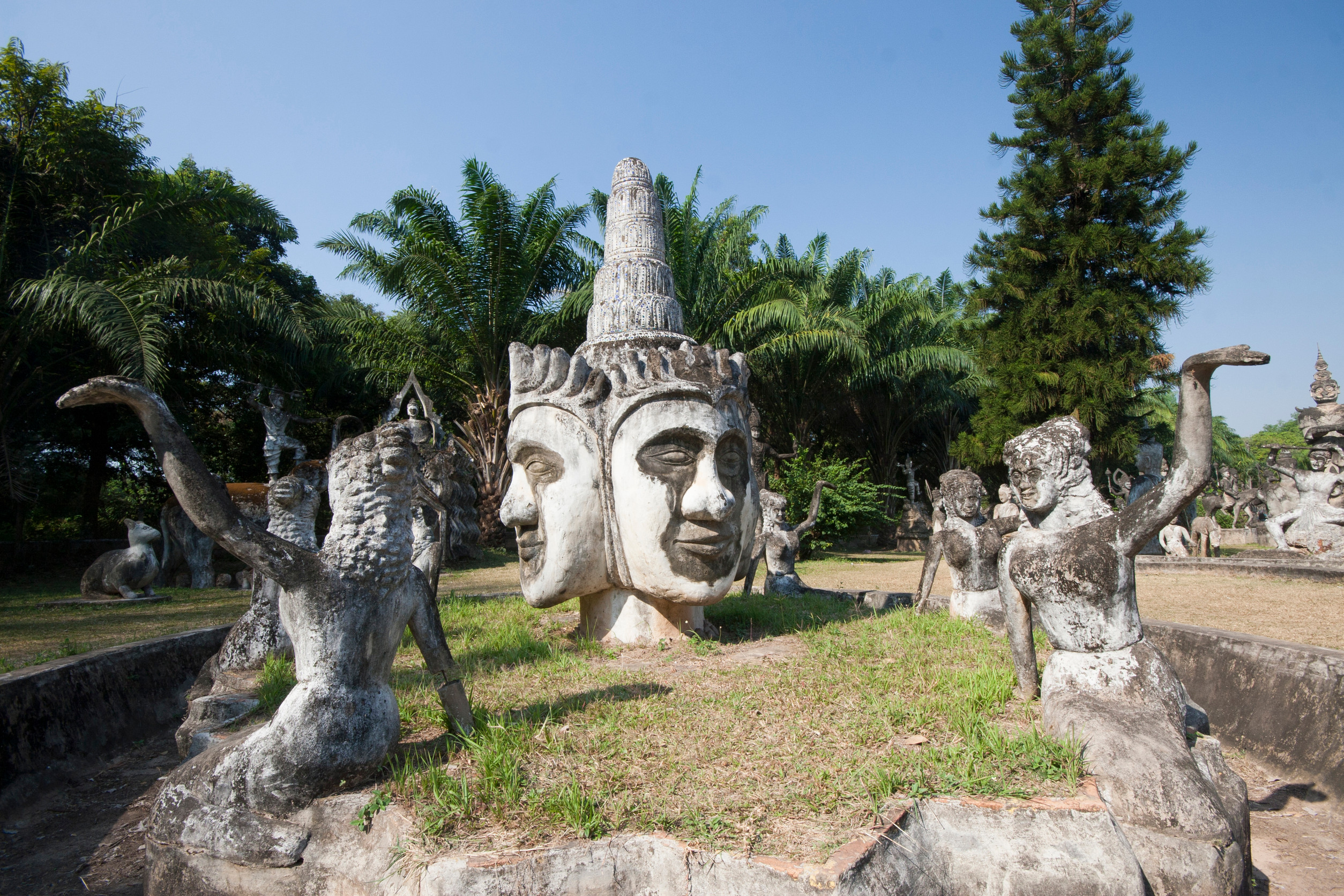
Just outside Vientiane, Buddha Park is a fantastic garden that houses over 200 Buddhist and Hindu sculptures. Created in 1958 by a Lao artist, the park is a blend of religious symbolism and surreal artistry. Statues of deities and mythological creatures guard the park, including a giant reclining Buddha. Visitors can enter a huge pumpkin-like sculpture that represents the level of heaven, earth, and hell. This park is one of the favorite places in Vientiane for photographing and sightseeing due to such a design and location by the river. Buddha Park is an interesting crossing point for spirituality and art.
5. Wat Si Saket: The Oldest Temple of Vientiane
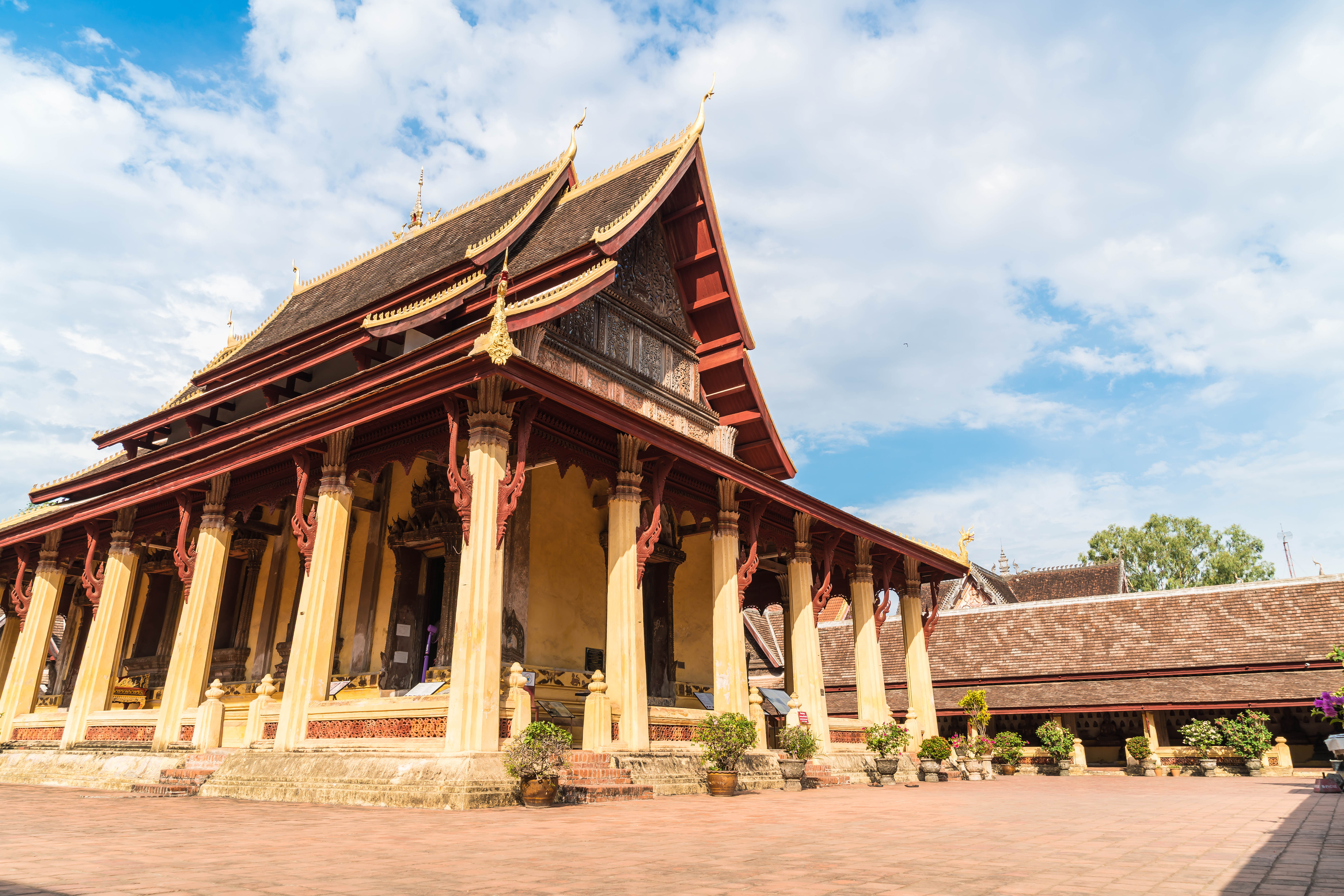
Built at the beginning of the 19th century Wat Si Saket is the only remaining temple of Vientiane and generally of Laos. Within its cloister walls, it contains thousands of small images of Buddha, alongside larger statues, in different postures and materials. The architecture of the temple shows both Siamese and Lao influences, with a beautifully tiled roof and ornate carvings in wood. Another great thing about Wat Si Saket is its serene courtyard. It gives visitors an idea of the steadfastness of the Lao people in bad times and their deep faith in their religions.
Off-the-Beaten-Path to Experiences While in Laos
For those seeking unique adventures, Laos offers lesser-known destinations that promise unforgettable experiences. Discover the tranquility of Muang Ngoi Neua, the wildlife of Nam Et-Phou Louey, or the historic charm of Champasak.
- Phonsavan: Gateway to the Plain of Jars
Phonsavan is a base to explore the mysterious Plain of Jars. The town gives an introduction to the wartime history of Laos.
- Nam Et-Phou Louey National Park: Wildlife and Ecotourism
This national park offers night safaris and guided treks. Rare wildlife in this park includes leopards and bears.
- Muang Ngoi Neua: A Riverside Village Escape
Muang Ngoi Neua is a quiet riverside village accessible only by boat, ideal for relaxation and the essence of rural Laos.
- Vang Vieng: Limestone Cliffs and Adventure Sports
Vang Vieng is famous for its dramatic karst landscape, caves, and adventure activities like tubing and rock climbing.
- Champasak: Tranquility and Heritage in Southern Laos
It's a quiet town with its views along the Mekong and is also the gateway to the historic Vat Phou complex. Great for culture and relaxation.
Conclusion
Laos offers a diverse range of attractions, from historical landmarks to natural wonders and serene villages. Whether you’re exploring UNESCO sites or seeking offbeat adventures, these destinations promise unforgettable experiences for e-Visa holders. Start planning your journey to uncover the beauty and charm of Laos!
Disclaimer: This guide is for informational purposes only, and though the best most updated suggestions are provided, travel conditions or requirements for safety might change. It's always best to check with the current situation of relevant embassies or a travel agency before you go.
Steps To Secure Your eVisa for Laos
-
Step1: Fill out the online eVisa application by providing your passport details.
-
Step2: Make the payment online using a credit / debit card.
-
Step3: Check your email for the payment confirmation and the electronic delivery of your visa.
